Marvel's Depiction Of Norse Mythology's Iconic God Of Thunder Is Not Exactly Perfect
Thor may be one of the most beloved Avengers but Marvel may have missed the mark a few times in his portrayal.

Around these parts we happen to be huge fans of Marvel, especially the Avengers. You might even suggest we are teetering on obsessed with the box-office megastar superheroes that have only gained momentum and popularity courtesy of Disney's takeover.
To spend one's days delighting in both The reality of the Marvel universe and the fictional daydreams is something we know all too well. Despite all that obsessing, there's one Avenger who stands apart from the rest and that's clearly Thor.
This is because Chris Hemsworth's Thor is a superhero based loosely on Norse Mythology's Thor and while Chris Hemsworth is a gem, the Thor from Norse Mythology probably has a bone to pick with Marvel's representation.
In Marvel, Thor is the God of Thunder
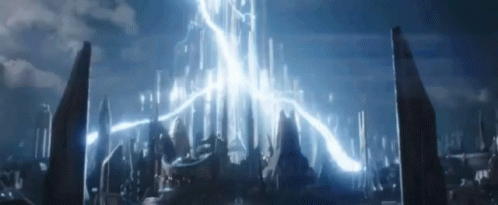 tenor
tenorThe Thor of Norse Mythology, however, is so much more.
Norse Mythology's Thor is god of the tides, fair weather, one's crops, and even can turn the battlefield if his name is invoked properly. Not only that but he is the god of fertility and can heal disease. Most of Thor's shrines are made out of oak wood because he is also slated as the god of oak trees!
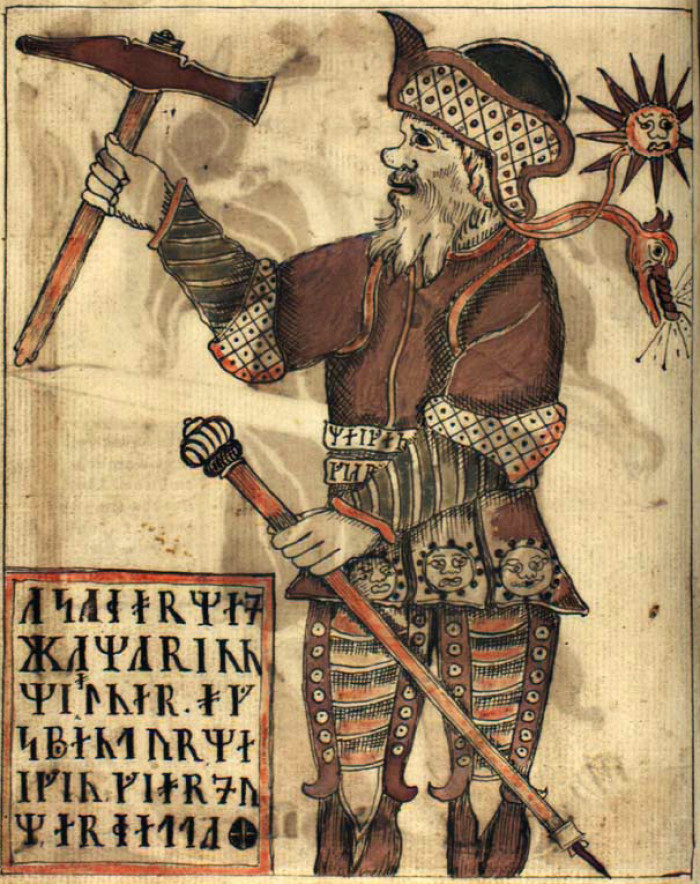 wikimedia
wikimediaAll of that could have over-powered Thor in the MCU, though.
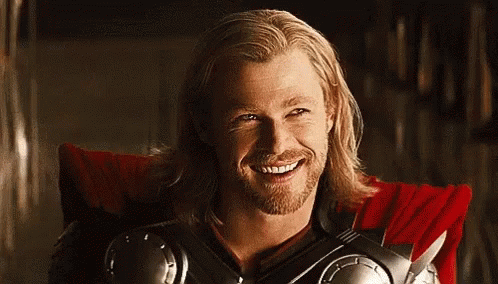 tenor
tenorThe MCU gives Thor glorious golden locks of hair.
Or Chris Hemsworth does, either way, that's not how mythology depicts the deity.
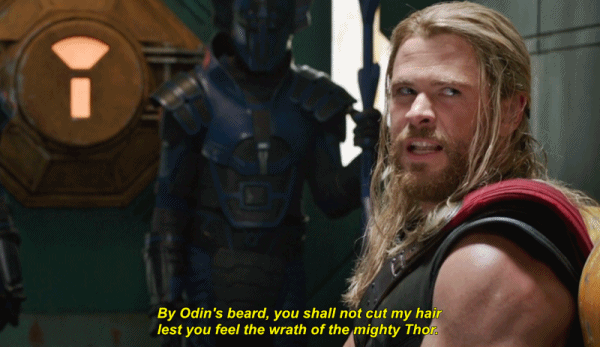 tumblr
tumblrActually, Thor is a notorious red head.
Prior to Christianity's meddling into Norse mythology, Thor was always depicted and described with an unruly beard and flaming, red hair.
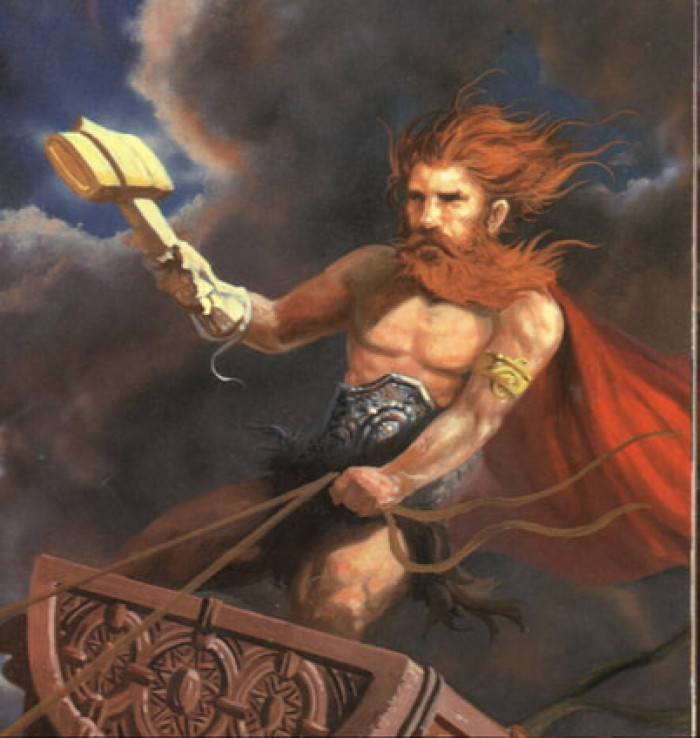 middlegroundtopfive
middlegroundtopfiveTom Hiddleston's Loki is also a swing and a miss factor of Marvel's depiction of Thor.
In the MCU, Loki is Thor's adopted brother.
 mrwgifs
mrwgifsIn Norse Mythology, however, Loki is a traveling companion of Thor and referred to as Odin's blood brother in The Poetic Edda.
There is absolutely no reference to a familial relation between Thor and Loki in any of the foundational texts of Norse mythology. Not only are they not brothers in any fashion, but they didn't grow up together at all. They meet as adults through their connections to Odin.
 digital commons
digital commonsThe MCU sure paints a complicated kinship between the brothers of Asgard.
 gfycat
gfycatThat's not say say that Norse Mythology paints them as the perfect dynamic duo, of course...
Modern interpretations of Norse Mythology frequently depict the God of Mischief as the Norse answer to Christianity's Satan but ancient Norse Mythology suggests above all else he was more of a nuisance than a villain who was also at times held in high regard. In fact, Loki is the only non-Aesir to be invited to live in Asgard and was more known to use his trickery for good rather than for evil.
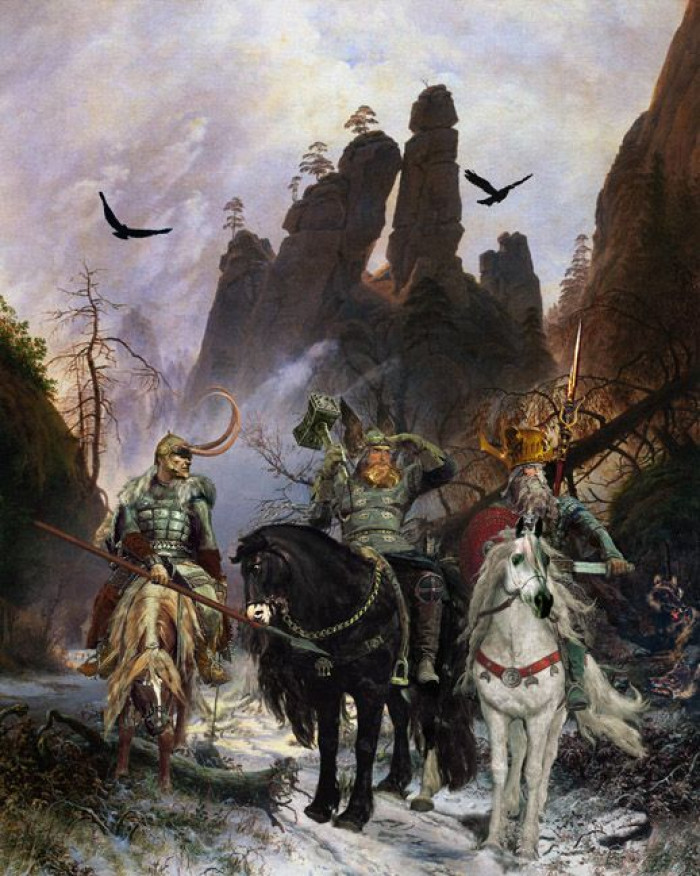 pinterest
pinterestStill, at least in both the MCU and Norse Mythology Loki's relationships are complicated.
This is because it is said that Loki caused the demise of one of Odin's other sons, Balder. His sentence for the heinous crime was an eternity f being lashed to a rock while a snake's venom dripped onto his face.
Don't worry, he was freed at Ragnarok to take his revenge on Asgard.
 mythopedia
mythopediaSpeaking of family ties... Thor did have real brothers and metaphorical brothers.
Most Norse Mythology sources are in agreement that Odin had at least four sons with various mothers - Thor, Balder, Vali, and Vidarr. Other stories of Odin's family include names like Tyr, Hermod, and Heimdall.
Some of Odin's possible sons may only be metaphorical sons.
 New York Times
New York TimesThe MCU's rules about Mjölnir is that one must be worthy to wield it.
 tumblr
tumblrNorse Mytholoy does not hold such a rule for Mjölnir.
The ancient tool was still a magic mallet of incredible power that required skill to handle but technically anyone could wield it. At one point Mjölnir was even stolen by a giant and it had the ability to shrink down in size and fit in Thor's pocket.
 pinterest
pinterestIn Norse Mythology, Thor's only tool or weapon was not just Mjölnir.
He also had a mystical belt known as Megingjörd that doubled his strength and he needed a special pair of gloves called Jarnglofar to have Mjölnir return to his hand when he threw it.
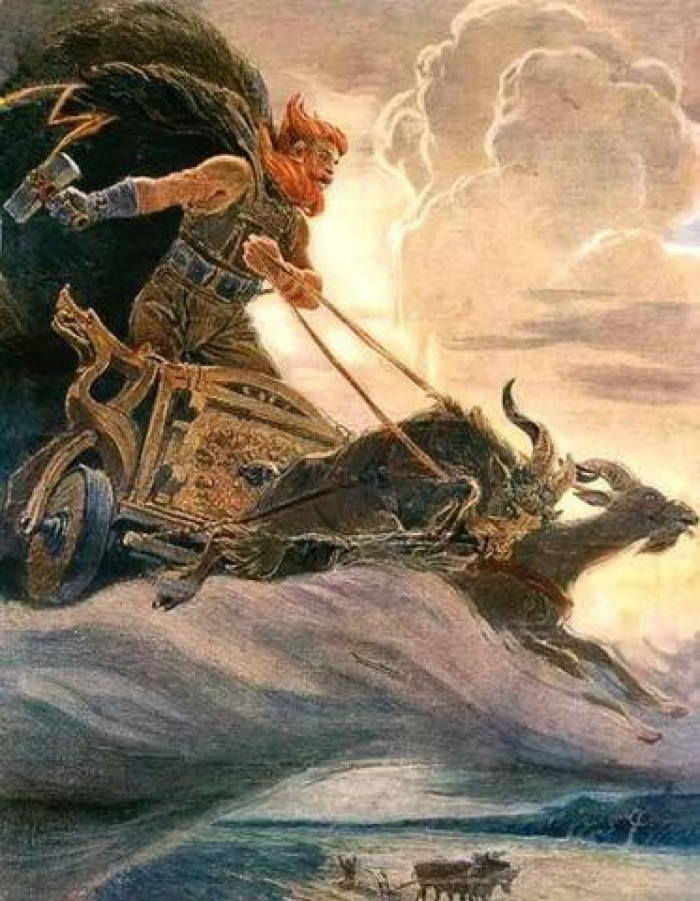 shopify
shopifyThor vs Ice Giants
In both the comics and the MCU, Thor clashes with hoards of ice giants.
 gfycat
gfycat
Thor and the Jotnar clashed frequently in Norse Mythology but there are some serious size discrepencies compared to Marvel's story telling.
Most of the Jotnar were the same size as Thor and his war companions, with a few exceptions like particularly infamous Jotnar Ymir and Skrymir. Confusion in translations of the word "giant" led to misunderstandings that giants were nearly immeasurably tall but the intention and true meaning of the word giant "was originally meant to describe a diverse cadre of Earth gods closely interrelated with the denizens of Asgard."
 wikimedia
wikimedia
Since we cleared up how gigantic the giants were, let's cover a related issue: Thor's parents.
In the MCU, Thor is the son of Odin and Freyja and while Freyja did provide Odin with a plethora of sons, Thor was not one of them. Thor's existence is the result of an affair between Odin and a regular-sized giant known as Jörd.
Jörd is best described as an Earth goddess.
 wikimedia
wikimedia
Marvel gives us the gift of dreamy, steamy love between Thor and Dr. Jane Foster.
 gifer
gifer
Norse Mythology marries Thor to Sif.
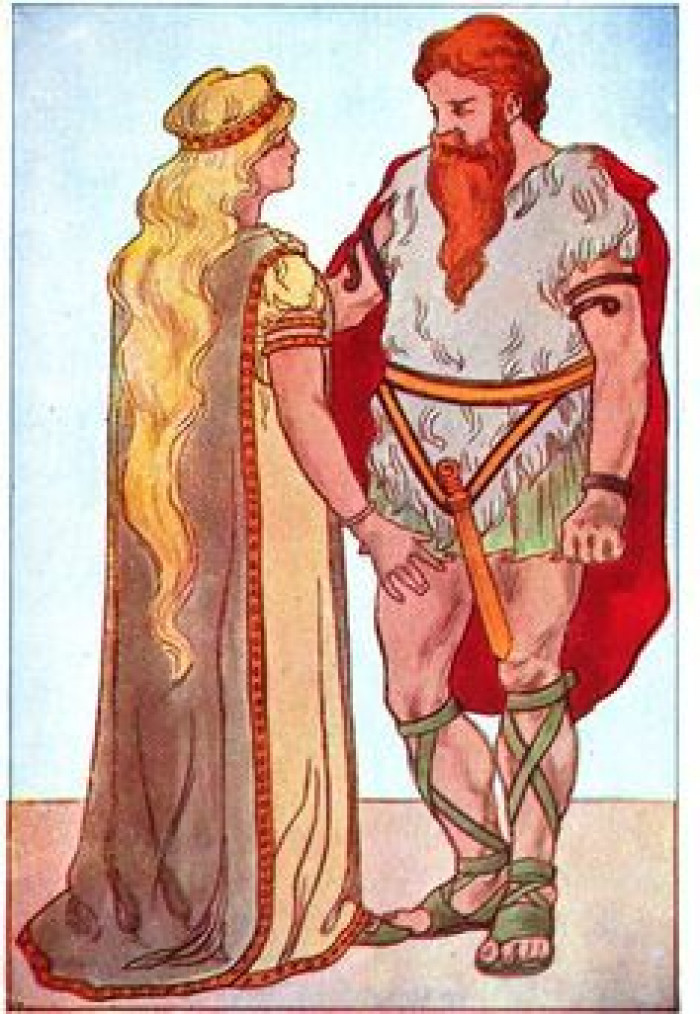 pinterest
pinterest
The MCU portrays Sif's love for Thor as unrequited.
However, the Prose and Poetic Edda depict Thor and Sif as a committed couple from prehistory all the way through to Ragnarok, irregardless of the affairs Norse gods were well known for.
 pinterest
pinterest
Thor was a daddy.
Not that we wouldn't all gush to see MCU's Thor put on his dad jeans (he's already nailed the dad bod,) but the Thor of Norse Mythology had 3 children. His sons were Magni and Modi (but only Modi was Sif's son, too.)
 pinterest
pinterest
Thor and Sif's daughter was Thrud, a Valkyrie.
 northernpaganism
northernpaganism
MCU's Hela was the sibling of Thor and Loki, daughter of Odin.
She was a bad-ass villain.
 tenor
tenor
Norse Mythology's Hela was not related to Thor at all. She was Loki's daughter!
 wikimeda
wikimeda
Hela IS the Goddess of Death and she does rule over the dead in Hel, the afterlife.
 Pinterest
Pinterest
Loki also had a son named Nari with his wife, Sigyn.
Hela was the result of an affair, though, and so were several other unusual creatures.
 herodotushistoryblog
herodotushistoryblog
Not that it isn't cool to see MCU's Thor fly, but in Norse Mythology he got around courtesy of magical goats.
Toothgnasher and Toothgrinder were Thor's goats and they pulled him around in his chariot.
 wikimedia
wikimedia
Marvel consistently placed Thor as hailing from and living on Asgard with Odin and the Asgardians.
 gfycat
gfycat
In mythical reality, Asgard is more of a country than a kingdom with a fancy castle.
The castle may have also housed the throne of Valhalla and that is where Odin hung out with "the glorious dead." Each Norse god had their own homelands within the realm of Asgard as well.
Thor lived with his family in Thrudheim.
 wikimedia
wikimedia
The MCU depicted a wide variety of diverse Asgardians.
 mcu
mcu
In the MCU Thor's most trusted companions are Fandral, Hogun, and Volstagg.
Unfotunately, you won't find them or anyone like them in Norse Mythology because they do not exist in any form of ancient mythology and are the creation of Marvel Comics. This also rings true for Skurge the Executioner and Malekith the Accursed.
Even MCU's Destroyer armor is a completely creative endeavor of Marvel.
 norse-mythology.org
norse-mythology.org
By the way, Asgardians? Not a thing.
According to proper Norse Mythology, Thor and his fellow "sky gods" are referred to as the Aesir. Not only that, but while the MCU places all Asgardians on Asgard, not all Aesir live in Asgard and not everyone who lives on Asgard is Aesir.
 wikimedia
wikimedia
Despite all their creative freedoms differing from proper Norse Mythology, we can still appreciate how awesome the MCU made Thor.
He's probably your favorite Avenger, too.
 quoracdn
quoracdn
